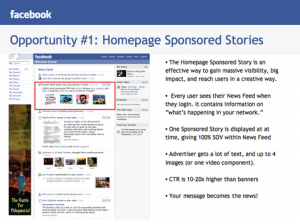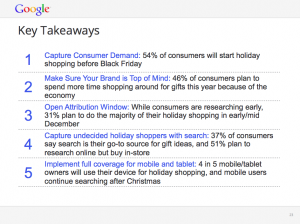 Have you realized that lately there are quite a lot of sponsored stories on your Facebook timeline? I find it quite annoying and I think I am not the only one…
Have you realized that lately there are quite a lot of sponsored stories on your Facebook timeline? I find it quite annoying and I think I am not the only one…
Hidden advertisement trying to be information is not well received by consumers. According to a study by Mediabrix about advertisement on Social media and mobile phones sponsored stories (or hidden advertisement) causes a negative effect on the users and reduce the grade of trust on the brand.
62% of the people who received promoted tweets said that it negatively impacted or had no impact on their perception of the brand being advertised.
72% of the people who found sponsored stories on Facebook had a similar reaction, an effect that also happened with the 85% of the people who saw sponsored videos that were suppose to be just content and not advertisement.
“This study validates that people respond best to authenticity in advertising no matter the format. With the recent buzz around ‘native’ ad formats, I think we need to carefully consider best practices,” said Ari Brandt, CEO for MediaBrix.
Sterne Agee asked users about Facebook’s latest ideas to monetize the Social platform: increased advertising in the form of sponsored stories, Facebook gifts, promoted posts, and a possible search engine. The results? Not to promoted posts and yes to gifts.
Only 16 percent of users surveyed would actually pay to promote their posts, and only 1.2 percent would actually pay more than $5 to do it. In the other hand, the gifting service is kind of promising, 45% of the users, mostly between 30 and 44 years old, said they would be interested in using this service.
So, wrapping up, social media are perceived by the users as a way to interchange information, which makes it very interesting for advertising, but never using it in a way that it can induce to misunderstandings to the recipient.






